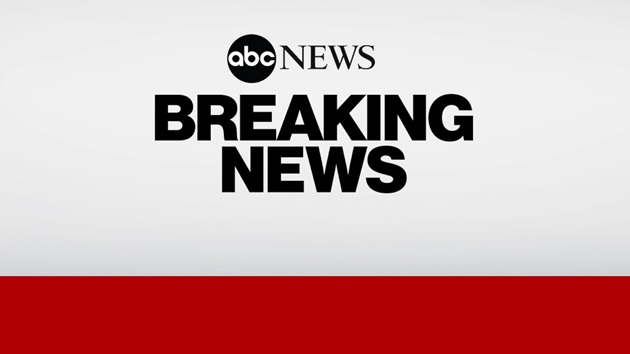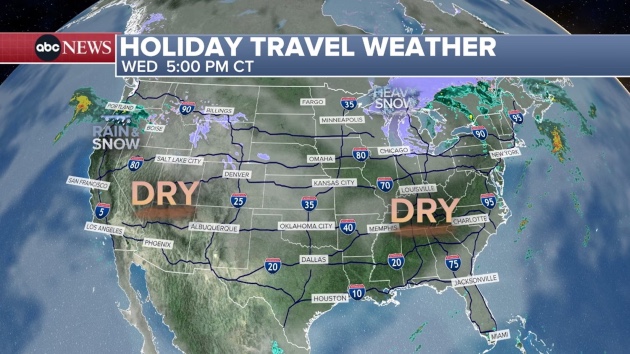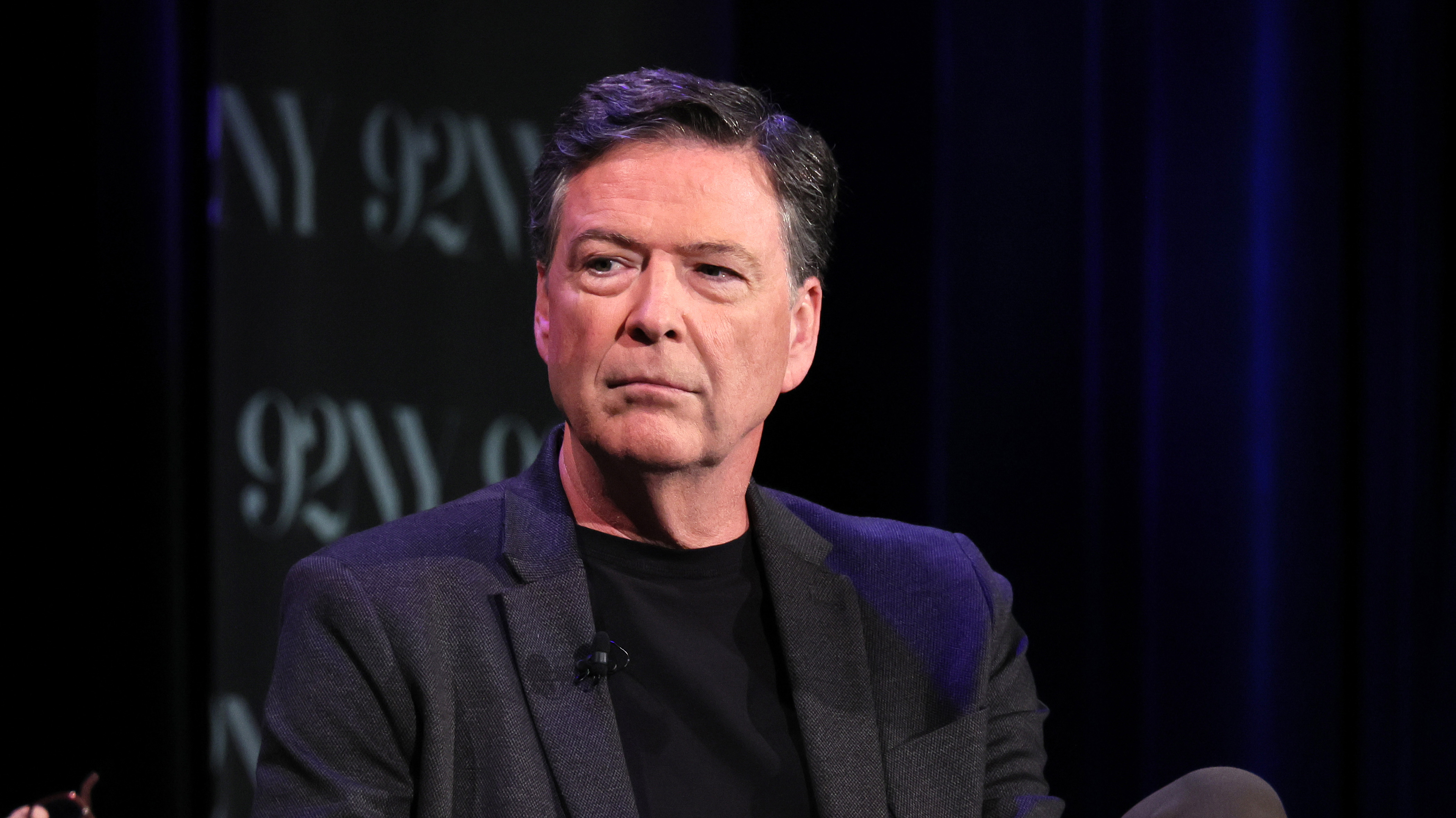California massacres suggest phenomenon of ‘mass shooting contagion’: Experts
Written by ABC Audio ALL RIGHTS RESERVED on January 26, 2023

(LOS ANGELES) — Following four California mass shootings in the span of eight days that left 25 people dead and 17 injured, some gun violence researchers said they’re concerned that a phenomenon known as “mass shooting contagion” is occurring across the state.
The cluster of deadly incidents is not surprising, gun violence researchers told ABC News, saying studies have shown the probability is high that a mass shooting garnering national attention will be rapidly followed by another.
“‘Contagion’ is a statistical process. It’s when the likelihood of a similar crime of another mass shooting increases in the aftermath of another mass shooting. That’s what ‘contagion’ is,” James Alan Fox, a professor of criminology at Northeastern University, who led a study on the subject published in 2020, told ABC News.
Fox said a 2015 study conducted by researchers at Arizona State University concluded that every mass shooting tends to increase the likelihood of another mass shooting for about 13 days.
String of California massacres
California’s recent string of mass shootings began on Jan. 16, when six people, including a teenage mother and her baby, were found fatally shot at a home in Goshen, a semi-rural area in the state’s San Joaquin Valley. The Tulare County Sheriff’s Department, which has yet to announce any arrests, said the shooting appeared to be a targeted attack by two gunmen possibly connected to a drug cartel.
Just five days after the Goshen killings, a 72-year-old man allegedly opened fire in a dance studio in the Los Angeles County city of Monterey Park, killing 11 people, all of Asian descent, and injuring nine others, according to law enforcement officials. The gunman, identified as Huu Can Tran, died from a self-inflicted gunshot wound after police cornered him following an intense manhunt, officials said. A motive in the shooting remains under investigation.
A day later, a 66-year-old farmworker allegedly shot and killed seven co-workers, five of Asian descent and two of Hispanic descent, and injured one in what authorities said was a workplace shooting at two mushroom growing farms in Half Moon Bay. The suspect, Chunli Zhao, was charged with seven counts of murder, one count of attempted murder, firearm use enhancements and a count of special circumstance allegation of multiple murder.
Just hours after the Half Moon Bay shooting, seven people were shot, one fatally, in Oakland, California, in what police described as a “targeted” and possibly gang-related attack during the filming of a music video at a gas station.
“There are mass shootings waiting to happen, so one of them can influence the other,” Lori Post, director of the Buehler Center for Health Policy and Economics at Northwestern University Feinberg School of Medicine, told ABC News.
Post, who keeps a database of mass shootings dating back to 1966, added, “If a would-be shooter sees all the attention of another mass shooter, it may incentivize him to carry out his plan. But one mass shooting does not inspire a normal person to commit a massacre.”
Difference between contagion, copycat killings
Fox said mass shooting contagion is very different from what law enforcement officials call “copycat shootings,” when an individual attempts to mimic or copy the actions of mass shooter they may admire.
Elliot Rodger, who killed six people and injured 14 in a May 2014 rampage in Isla Vista, California, near Santa Barbara, became a hero to the so-called “incel,” or voluntarily celibate community after distributing a document in which he said he planned his murderous rampage as a “Day of Retribution” to exact revenge on a society that had denied him sex and love.
“There were a couple of mass shootings by incels who revered him,” said Fox, adding that copycat killings can occur long after the original crime.
“The 20th anniversary of Columbine brought a number of attempts,” Fox said. “Fortunately, no one succeeded.”
In contagion mass shootings, Fox said, “It’s not necessarily that the killer admires the previous ones.”
“There are individuals who have the motivation to commit a mass killing and another crime can help precipitate it, but it doesn’t cause it. It’s just that they say, ‘Ok, that’s what I want to do too and I’ll do it now,” Fox said.
In addition to the spat of California mass shootings, Post said there have been several recent examples of the phenomenon, indicating contagion mass shootings don’t have to occur in the same geographic location or even the same state if widespread publicity is spawned by the initial event.
On May 14, 2022, 18-year-old Payton Gendron killed 10 Black people at a supermarket in Buffalo, New York, in what investigators said was a racially-motivated attack he later pleaded guilty to. Ten days after the Buffalo mass shooting, 18-year-old Salvador Ramos committed a mass shooting at Rob Elementary School in Uvalde, Texas, killing 19 children and two teachers before he was killed by a police officer.
One day after an Aug. 3, 2019, mass shooting at an El Paso, Texas, Walmart, a gunman fired 41 shots in 30 seconds in a nightlife district in Dayton, Ohio, killing 9 people and wounding dozens of others before being shot and killed by police. In the final report of its investigation released in 2021, the FBI said the gunman, 24-year-old Conner Betts, had a fascination with mass shootings, serial killings and murder-suicide for at least a decade.
Fox said a cluster of mass shootings can be followed by a lull in massacres, some lasting several weeks to several years.
Fox, who once served on President Bill Clinton’s advisory committee on school shootings, said that from the latter half of the 1990s to March 2021, there were eight multiple victim shootings in U.S. schools, each with at least four victims and at least two deaths, prompting a tremendous amount of discussion among the public, educators and students.
“After March of 2001, we had summertime, and of course there’s no school shootings in the summertime, and then we had 9/11,” Fox said. “After 9/11, no-one talked about school shootings. The shift of attention went from school shootings to terrorism. Once we stopped obsessing about it, they dissipated.”
Less than 1% of annual homicides
Tage S. Rai, a psychologist and an assistant professor of management at U.C. San Diego Rady School of Management, who studies violence, told ABC News that data shows mass shootings only account for less than 1% of all annual homicide deaths in the United States, yet they garner the most attention and create widespread fear that is unwarranted.
“And so what that means is we’re probably not paying enough attention or giving enough resources to other kinds of gun violence that go on,” Rai said. “We’re not paying enough attention to violence in the home, we’re not paying enough attention to suicide deaths by gun, we’re not paying enough attention to a lot of other kinds of gun violence that we see.”
Copyright © 2023, ABC Audio. All rights reserved.

 KVSP
KVSP 




